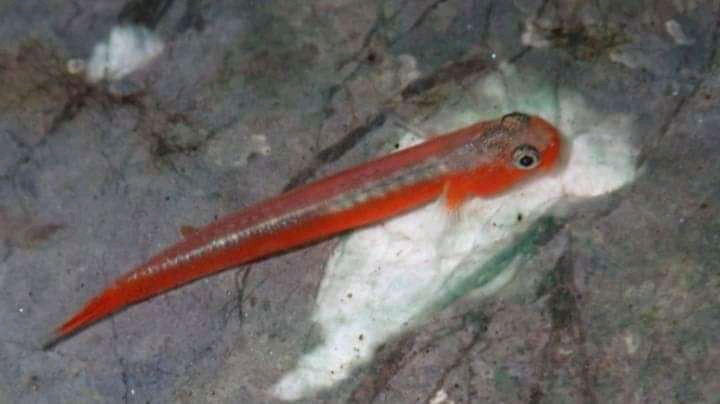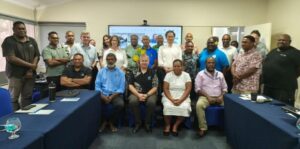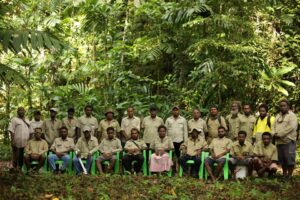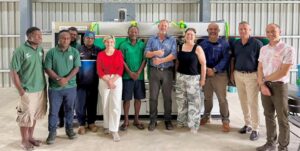BY JOHN HOUANIHAU
The Ahetaha Water Conservation group has recorded a freshwater gobbies (fish species) in the Solomon Islands.
It was found at Ahetaha fresh water system during the fresh water species survey conducted on 24th November last month.
A new finding for Ahetaha people and its resource since establishing its community-led conservation initiative five years ago.
Scientifically, the species is known as ‘Stiphodon Surrufus’ and is found in swift streams above water falls and normally found at 350 meters above sea level.
However, for Ahetaha, the photo was captured at higher ridge elevation of 225 meters as recorded on the GPS.
This species is commonly known only in Philippines, South Japan, Taiwan, Indonesia, PNG and Australia.
In Solomon Islands it is found in Vella in the Western province.
The species has been recorded in 1995 and it’s a privilege that it was found again in 2021 in period of 26 years from when it was first recorded.
For sure this will be a new information to our local people and young generations to understand why conservation is important.
“We hope this finding will add value to the conservation work of Ahetaha and Mai-Maasina Green Belt (MMGB) in promoting Malaita as one of the hotspot islands for biodiversity research in the country.
“For now, this will be one of AWCA’s flagship,” according to Eddie Huitarau.
“In response to this finding, we would like to register our sincere words of thank you to the Solomon Islands Rangers Team for this very important freshwater survey carried out at Ahetaha.
“More in particular to the technical personnel Mr. Albert Kwatelae,” he said.
“Mr. Huitarau said that it’s a privilege for him working with Ahetaha rangers’ team and this recent finding is all about team effort and team work.
He said more details will coming out soon.
In the meantime, Mr. Albert Kwatelae also like to share this information and inform the good people Ahetaha to seriously protect this species at their site.
“More importantly, it is important for the current and future generations of Ahetaha to be aware and know that this freshwater species also found in Ahetaha freshwater system,” said Kwatelae.
In fact, this information will be helpful to inform Ahetaha management Plan to consider its protection.
At the same time, this fish also opens up opportunity for further in-depth studies if young generation of Ahetaha might want to pursue studies in freshwater species of Malaita but more specifically in Ahetaha.




